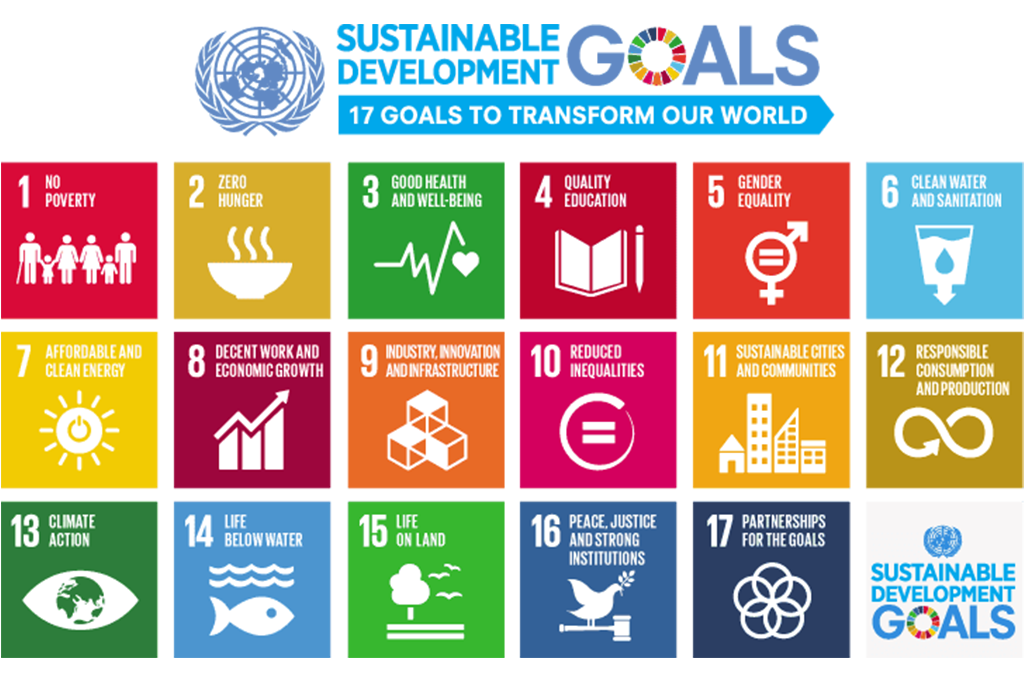Agriculture accounts for approximately 70% of global freshwater withdrawals (FAO, 2019), and improving water efficiency in this sector is essential for sustainable water management. Advances in precision irrigation, soil moisture sensors, and water-saving techniques offer promising solutions for reducing agricultural water demand.
Precision Irrigation Techniques
Precision irrigation tailors water application to crop needs, reducing water wastage. Drip irrigation, which delivers water directly to the roots, reduces evaporation losses by up to 60% compared to traditional methods (Zhang et al., 2018). Research shows that integrating automation into irrigation, such as using AI to control drip systems, can enhance efficiency even further. Studies in California’s Central Valley found that AI-optimized irrigation reduced water use by 30% without impacting crop yields (Basso et al., 2019).
Role of Soil Moisture Sensors
Soil moisture sensors measure the water content in soil, enabling farmers to apply water precisely when and where it’s needed. These sensors, often paired with IoT devices, provide real-time data that supports decision-making. According to Iqbal et al. (2018), using soil moisture sensors can reduce water use by up to 20% and improve crop productivity by optimizing root zone moisture levels.
Alternative Techniques: Rainwater Harvesting and Mulching
Rainwater harvesting in agriculture involves capturing and storing rainwater for irrigation, reducing reliance on groundwater. A study in India’s Rajasthan state showed that rainwater harvesting improved water availability and increased crop yields by 50% (Joshi et al., 2018). Mulching, which covers soil with organic or inorganic materials, reduces evaporation and maintains soil moisture, further enhancing water efficiency.
Scaling Water Efficiency in Agriculture
Promoting water-efficient practices in agriculture requires policy support and technology subsidies to ensure accessibility. Governments can incentivize the adoption of precision irrigation and sensor technology through grants or subsidies, helping reduce water use on a larger scale.








